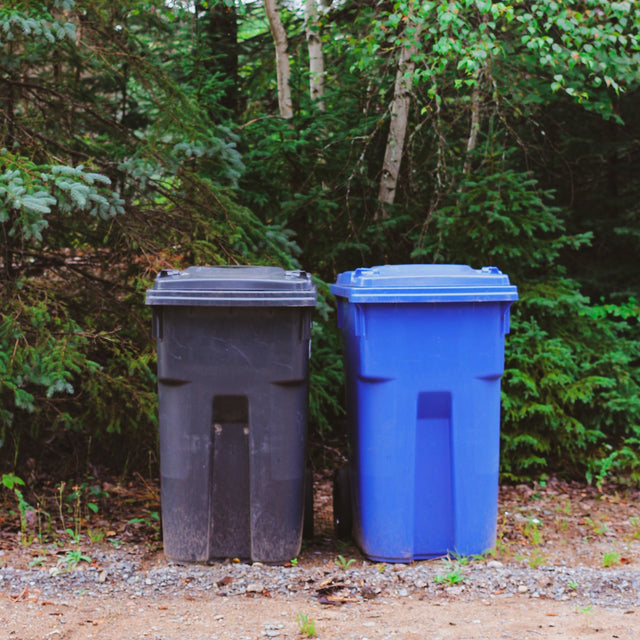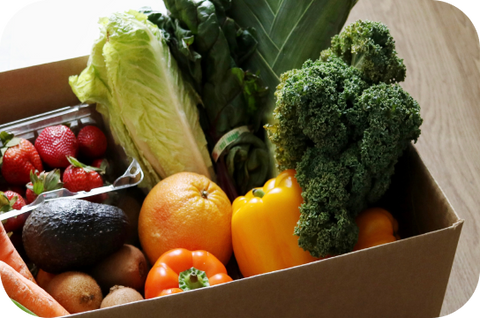

It is common knowledge that we should throw our trash in the right place. However, when it comes to sorting, some of us seem to ignore the chore.
Properly sorting your waste can save money, reduce the amount of garbage going to landfill, increase recycled material, and ultimately benefit the environment. Here's a quick guide to easily segregate trash.
Disclaimer: these information is based on Vancouver and British Columbia waste systems. Please cross-check and do your own research if you're from a different city, province, or country.
Recycling
Styrofoam, mattress, furniture, electronics and appliances: bring to Zero Waste Centers or Recycling Depots
Clothing: donate, sell, or consign
Paper, flyers, magazines, paper packaging, cardboard: place in paper bins/reusable yellow bag or bring to Recycling Depots
Glass bottles and jars: place in grey glass only bin or bring to Recycling Depots
Plastic containers, cartons, paper cups, aluminum and steel containers: place in blue container bin or bring to Recycling Depots
Compostable and Organics
The following items go to green bins
Food scraps: raw and cooked food, plate scrapings, leftovers, expired food, meat, bones, dairy products, shells, tea bags, coffee grounds and filters, small volume of fat/oil/grease absorbed in newspaper
Food soiled paper: paper napkins/towels, paper plates/dishes, food boxes with residue
Yard waste: leaves, trimmings, weeds, plants
Other: clean wood waste, wooden utensils/sticks, sawdust (paper-bagged), Christmas trees
Never place plastic and plastic bags even those labelled "biodegradable" or "compostable" in green bins. Instead, use newspaper, empty cereal boxes, or paper bags.
Garbage
Tissue, pet waste/litter, diapers, vacuum/dryer lint, potato chip bags, Ziplock bags, bubble wrap, and candy wrappers are standard examples of garbage that goes to black bins.
Miscellaneous
Item not listed? Use helpful resources like Waste Wizard.
Source
